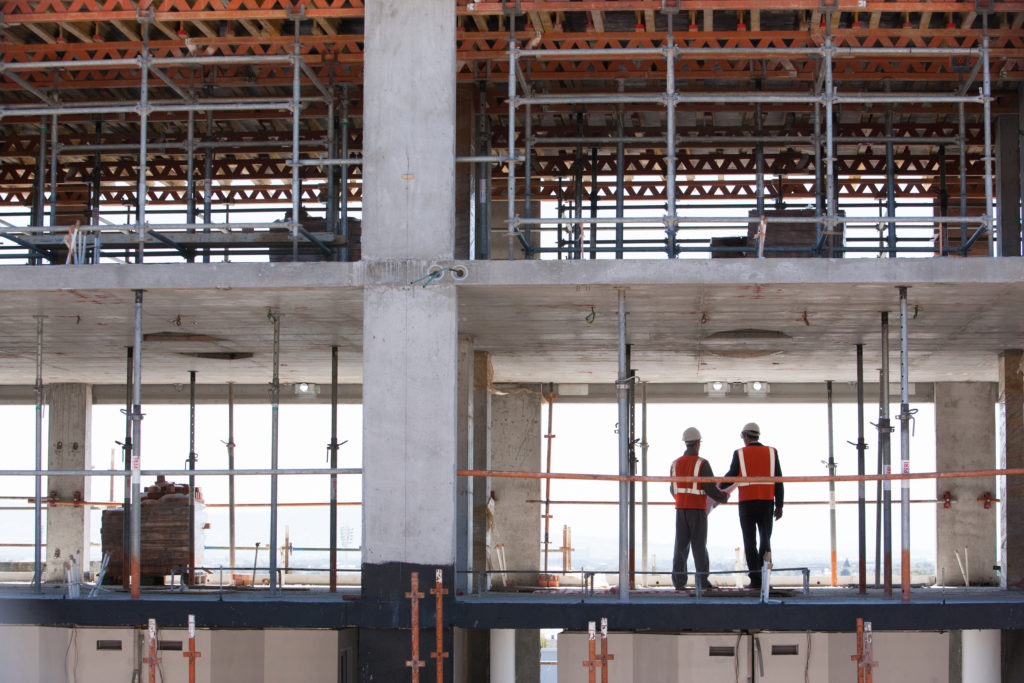We regularly update this report to track the pandemic’s effects on the labour market.
Job postings on Indeed are a real-time measure of labour market activity. On June 4 they were tracking 42.9% ahead of their level on February 1 last year, our pre-pandemic baseline, after adjusting for seasonal trends.
Job postings have softened a little recently, driven by a softening in new job postings. That is, the inflow of postings that have gone online over the past two-weeks. Throughout much of the recent hiring upswing, growth in new postings has exceeded total postings.
In 2020, job postings plunged from mid-March until late April, falling by half, and then gradually improved over the remainder of the year. Victoria’s lengthy second lockdown slowed the recovery, creating a temporary divergence between Victoria and the rest of Australia.
Thankfully, there appears to be no lasting impact on Victorian recruitment and short-term lockdowns across the country have also had minimal hiring impact. It is too early to tell whether Victoria’s recent extended lockdown will have any meaningful impact on hiring.
Short-term lockdowns appear likely to continue going forward due to the slower than anticipated vaccine rollout.
Further moderation at state level
Over the past two weeks, we have seen some mixed results across the states. Recruitment remains healthy across the country but postings have softened in several states.
In Victoria, job postings are 38.7% above their level on February 1 last year, down from 45.7% a fortnight ago. Most of that decline pre-dates the introduction of the May 28 lockdown.
New South Wales remains the strongest state from a hiring perspective. Postings are 51.1% above their pre-pandemic baseline, practically unchanged over the past fortnight.
Hiring remains elevated across most occupational groups
Postings in four occupational groups — cleaning & sanitation, logistic support, loading & stocking and food preparation — are around twice as high or greater than they were before the pandemic. Demand for workers in personal care, childcare and community service also remain strong.
Postings for most of the ‘worst performing’ occupations remain above last year’s baseline. However, posting levels have declined for those of these occupations compared with a fortnight ago, particularly in education and real estate.
Hospitality & tourism continues to inch closer to positive territory, now down 7.6% compared to February 1 last year, an improvement of 2.2% points in the past fortnight. Postings for both veterinary and beauty & wellness remain weak, having declined further recently.
From a hiring perspective, Australia remains in great shape. We also appear to have successfully navigated the end of the JobKeeper wage subsidy. That said, the upward momentum that has characterised much of this year appears to have slowed. That will be worth keeping an eye on over the next few months.
Methodology
All figures in this blogpost are the percentage change in seasonally-adjusted job postings since February 1, 2020, using a seven-day trailing average. February 1 last year is our pre-pandemic baseline. We seasonally adjust each series based on historical patterns in 2017, 2018, and 2019. Each series, including the national trend, occupational sectors, and sub-national geographies, is seasonally adjusted separately.
We adopted this new methodology in January 2021 and now use it to report all historical data. Historical numbers have been revised and may differ significantly from originally reported values. The new methodology applies a detrended seasonal adjustment factor to the percentage change in job postings. In contrast, our previous methodology used the 2019 change between February 1 and the reported date as the adjustment factor, which implicitly included both a seasonality component and the underlying trend.
The number of job postings on Indeed.com, whether related to paid or unpaid job solicitations, is not indicative of potential revenue or earnings of Indeed, which comprises a significant percentage of the HR Technology segment of its parent company, Recruit Holdings Co., Ltd. Job posting numbers are provided for information purposes only and should not be viewed as an indicator of performance of Indeed or Recruit. Please refer to the Recruit Holdings investor relations website and regulatory filings in Japan for more detailed information on revenue generation by Recruit’s HR Technology segment.






